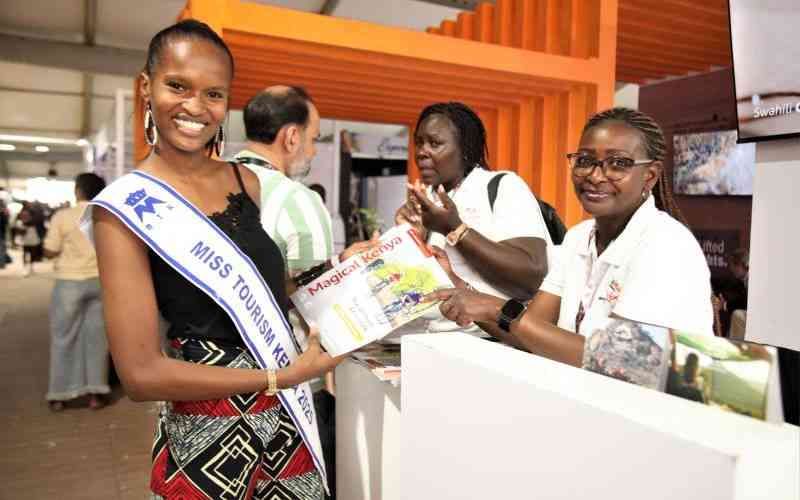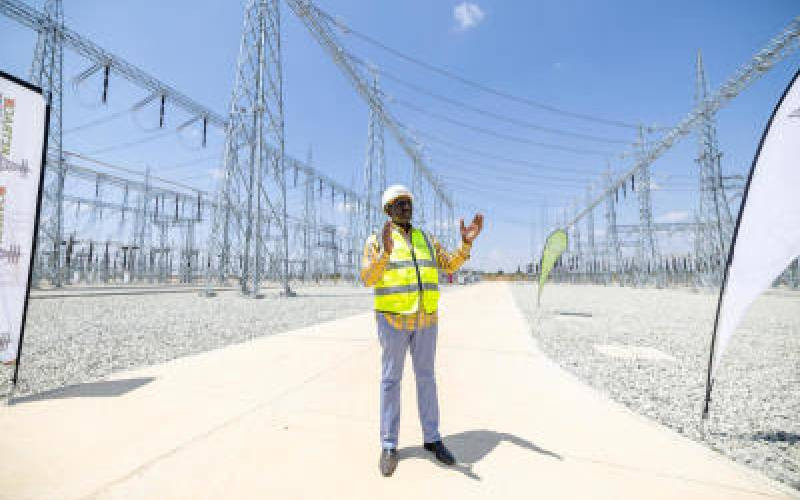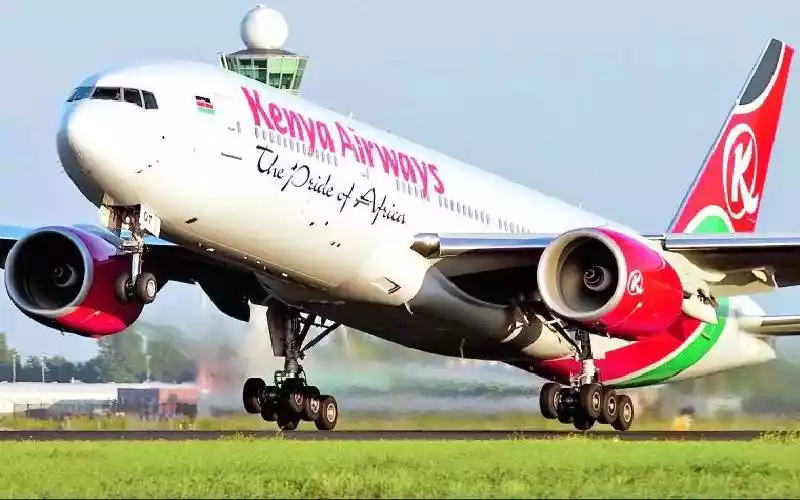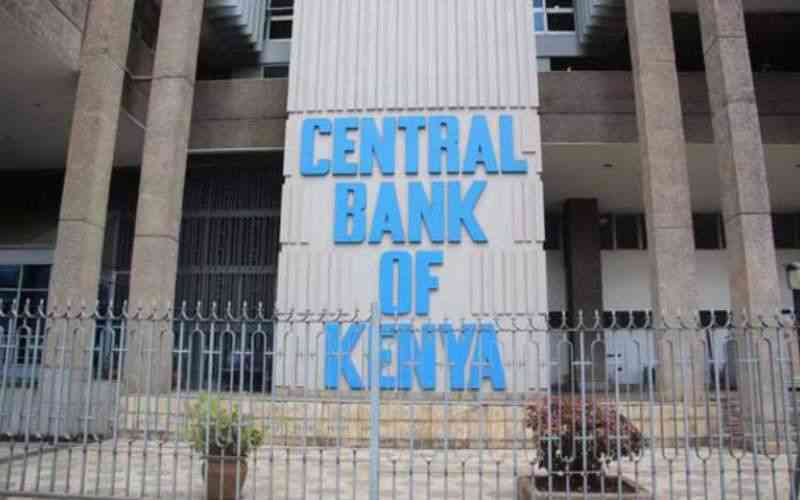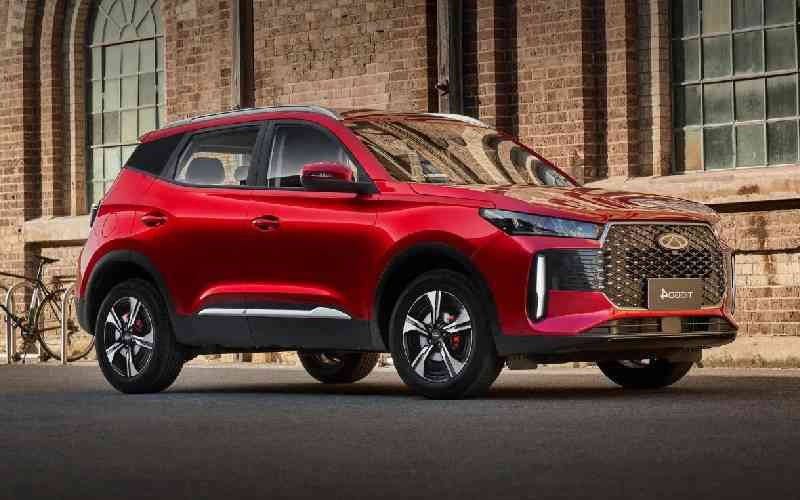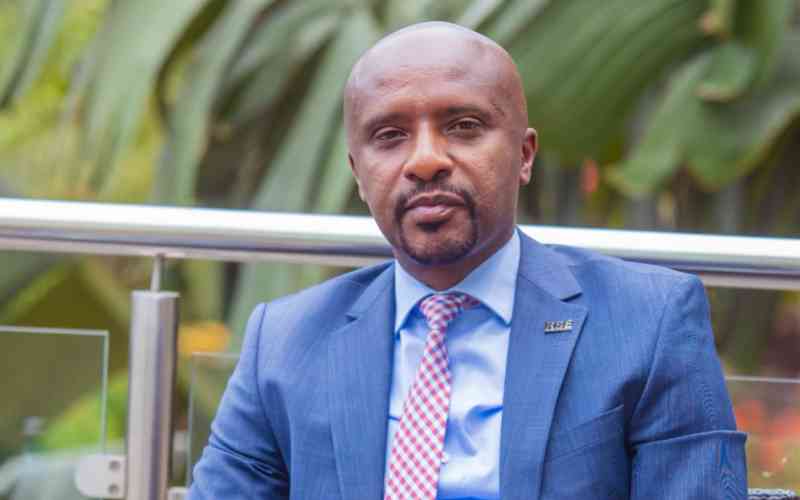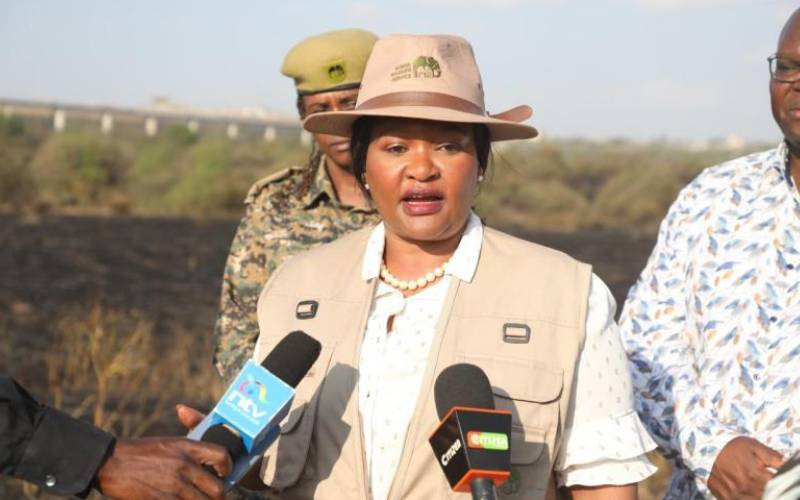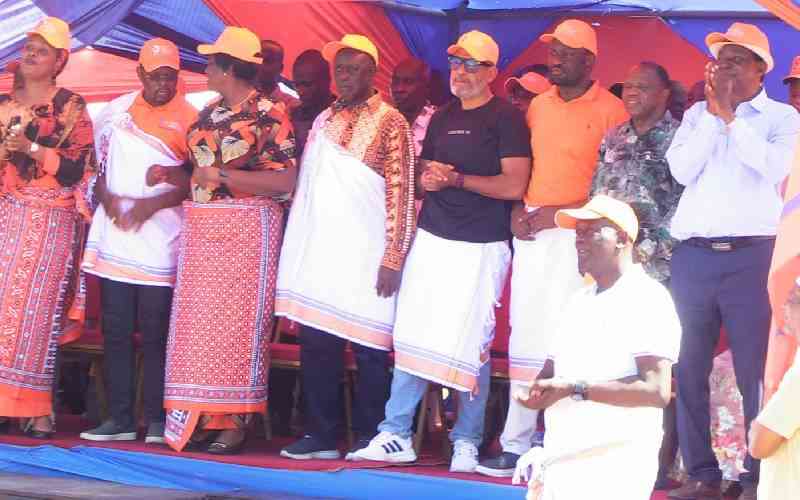
ODM leaders led by acting party leader Oburu Oginga, address a rally in Magarini during the campaign for the party candidate Harry Kombe (right), on November 2, 2025. [Nehemiah Okwembah, Standard].
When Raila Amolo Odinga breathed his last, Kenya did not just lose a political titan — it lost the heartbeat of a movement. For nearly half a century, Raila embodied the struggle for democracy, justice, and reform. His name was not merely a political brand; it was an identity, an emotion, and for millions, a hope. Yet, as history across Africa has shown, the death of a founding leader is both a mourning moment and a test of institutional survival.
The Orange Democratic Movement (ODM), the party Raila built brick by brick since 2005, now faces that very test. The decision to appoint Senator Oburu Odinga, Raila’s elder brother, as acting party leader offers immediate calm. It reassures a grieving base that the Odinga legacy remains intact and that the family name still guards the party’s soul. Oburu’s age and stature make him a natural caretaker — a bridge between Raila’s generation and the uncertain future that lies ahead. For ODM loyalists, it is a comforting gesture, a symbolic statement that “Baba’s dream lives on.”
But symbolism, however sacred, cannot substitute structure. The truth is that ODM’s strength has long rested on Raila’s personal charisma rather than institutional discipline. His political instincts, ability to rally diverse communities, and unmatched national appeal held together a party that otherwise might have fragmented long ago. Without him, ODM’s organisational weaknesses — long masked by his towering presence — are already beginning to show.
Oburu’s stewardship offers ODM stability, but not renewal. He is a respected elder, but not a mobiliser. His political persona leans more toward administrative continuity than mass agitation. Under his leadership, ODM will likely remain cohesive enough to contest the 2027 elections, but its energy will be nostalgic rather than revolutionary.
For now, ODM will rally around the slogan of “finishing Baba’s work.” Memorial events, Raila-themed campaigns, and emotional appeals will dominate the discourse. The party will secure its traditional bases in Nyanza, parts of Western, and the Coast, where loyalty to Raila runs deep. There will be talk of “preserving his legacy” rather than “reinventing his mission."
This strategy will work — but only once. The 2027 elections will likely see ODM survive on the strength of memory, solidarity, and sympathy. But as the mourning fades, politics will demand a new rhythm, and that is where ODM faces its existential challenge.
Without Raila’s unifying authority, ODM will enter a season of quiet but intense factionalism. The next generation of leaders — Hassan Joho, Wycliffe Oparanya, Opiyo Wandayi, Winnie Odinga, Babu Owino, and Edwin Sifuna, among others — will each claim part of the inheritance.
Joho, the flamboyant former Mombasa Governor and current Cabinet Secretary, has charisma and a national image, but lacks a strong base outside the Coast. Oparanya, Raila’s longtime deputy and current Cabinet Secretary, offers administrative experience but lacks the youthful appeal or ideological freshness to inspire the next generation.
Wandayi, former minority leader and current Cabinet Secretary, represents discipline and institutional respect within Parliament but does not have the star power to lead a movement. Winnie, the daughter of Raila, carries emotional legitimacy and the family torch, but her experience is limited and her leadership style is still forming.
Sifuna, the Senator and ODM Secretary-General, embodies a new technocratic edge — articulate, grounded, and politically aware. He could bridge the gap between the old and new guard, though his calm pragmatism may struggle in ODM’s often chaotic politics.
Owino, an MP, meanwhile, personifies the fire of the youth base — aggressive, articulate, and unapologetically populist. He connects naturally with urban voters and the digital generation but remains polarising, both within and outside the party.
This mix of personalities — regional power-brokers, family heirs, and ambitious young firebrands — makes ODM’s post-Raila era both promising and perilous. The Oburu transition will cushion ODM from immediate collapse, but beneath that calm, these ambitions will quietly clash. The party may appear united in public, yet inside, it will be negotiating power, ideology, and succession — battles Raila once managed effortlessly with his political instinct.
ODM’s greatest threat is not external competition, but historical fatigue. Kenya’s political story has moved on from the liberation-versus-establishment narrative that defined Raila’s career. Younger voters are more concerned about jobs, digital innovation, and cost of living than constitutional reform. For them, Raila’s ideals are admirable, but his politics feels like a closing chapter, not a new one.
ODM, therefore, faces a generational disconnect. Its ideological playbook — built around reform, justice, and governance — must now compete in an era of economic populism and digital activism. Without reinvention, ODM risks becoming a heritage party: Respected, nostalgic, but no longer relevant.
Stay informed. Subscribe to our newsletter
If the 2027 election will be about Raila’s memory, the 2032 election will be about ODM’s identity. Will the party still speak to national issues, or will it retreat into its regional comfort zones? Will it produce a leader capable of inspiring new hope, or will it fragment under competing ambitions?
If ODM fails to hold genuine internal elections, elevate a new generation, and modernise its ideological platform, it will follow the trajectory of Kanu after Moi and Ford-Kenya after Jaramogi — surviving in name, but stripped of influence. If, however, the party uses this transition to institutionalise leadership, rebrand around youth and economy, and separate Raila’s legacy from daily politics (perhaps through a “Raila Odinga Democracy Foundation”), it could emerge renewed.
In the absence of Raila’s defiant opposition politics, ODM’s post-2025 posture has begun to tilt toward pragmatism rather than confrontation. Already, whispers in Nairobi’s corridors of power hint at a possible coalition arrangement with the ruling UDA as both parties prepare for the 2027 elections.
This alignment, unthinkable a few years ago, now appears politically rational. ODM, facing declining influence and internal fatigue, needs a share of power to remain relevant. UDA, on the other hand, seeks to neutralise opposition strongholds in Western and Coastal Kenya — regions where ODM still commands loyalty. A coalition would therefore serve both sides: ODM gains survival, UDA gains legitimacy and stability.
